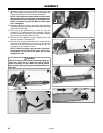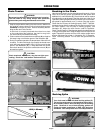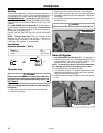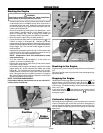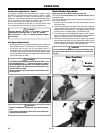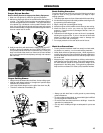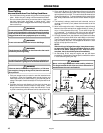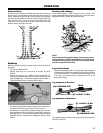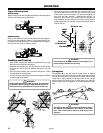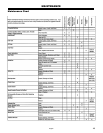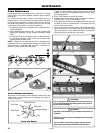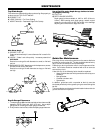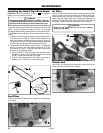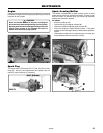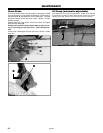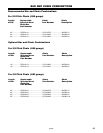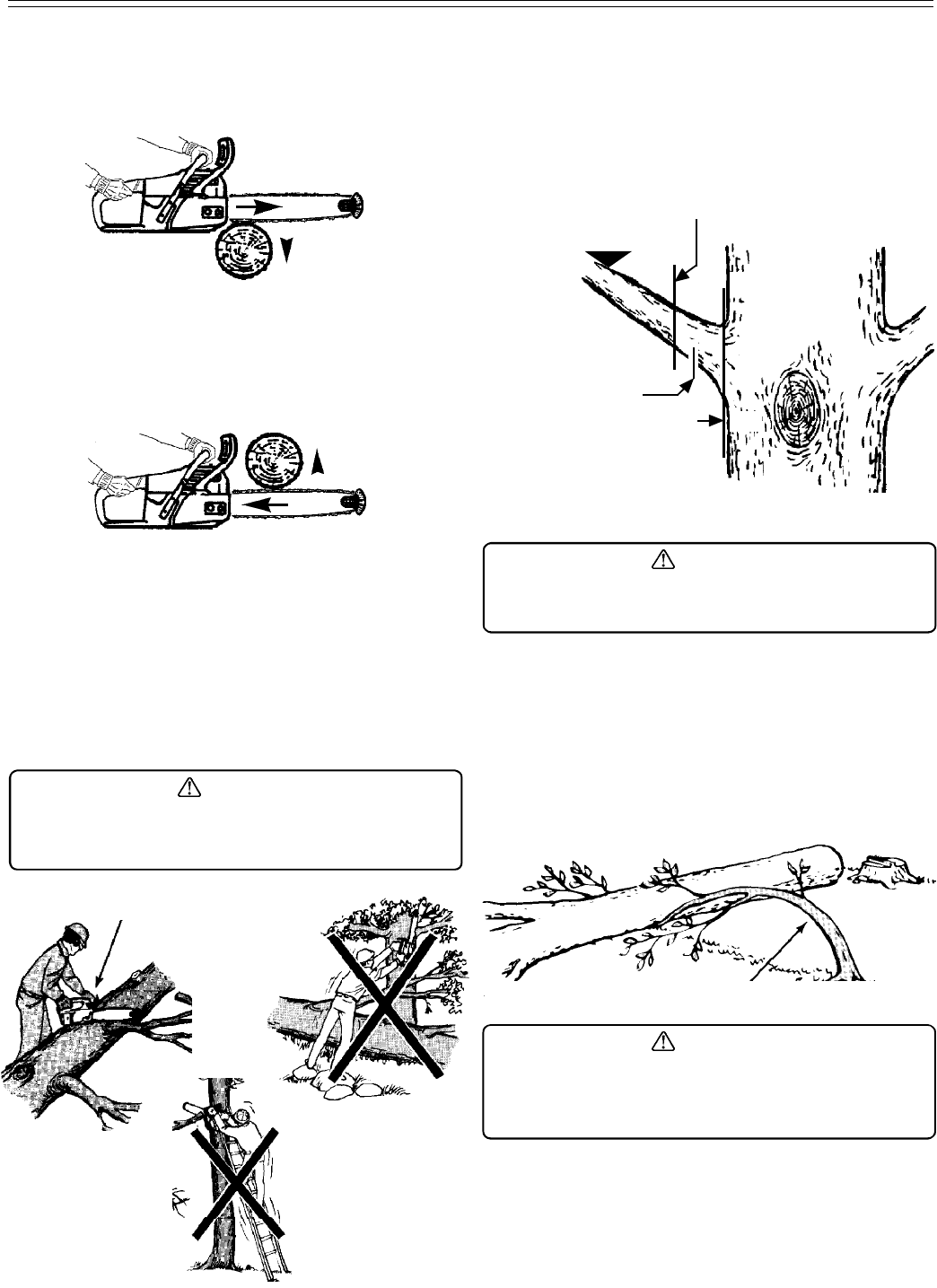
18 English
OPERATION
Limbing and Pruning
• Work slowly, keeping both hands on the saw with a firm grip.
Maintain secure footing and balance.
• Keep the tree between you and the chain while limbing (A).
Cut from the side of the tree opposite the branch you are
cutting.
• Do not cut from a ladder, this is extremely dangerous. Leave
this operation for professionals.
• Do not cut above chest height as a saw held higher is difficult
to control against kickback.
A
B
Springpoles
A springpole (B) is any log, branch, rooted stump, or sapling
which is bent under tension by other wood so that it springs back
if the wood holding it is cut or removed. On a fallen tree, a rooted
stump has a high potential of springing back to the upright
position during the bucking cut to separate the log from the
stump. Watch out for springpoles. They are potentially danger-
ous.
WARNING
Never climb into a tree to limb or prune. Do not stand
on ladders, platforms, a log or in any position which can
cause you to lose your balance or control of the saw.
• When pruning trees it is important not to make the flush cut
next to the main limb or trunk until you have cut off the limb
further out to reduce the weight. This prevents stripping the
bark from the main member. Underbuck the branch 1/3
through for your first cut, your second cut should overbuck to
drop the branch off. Now make your finishing cut smoothly and
neatly against the main member so the bark will grow back to
seal the wound.
Finishing cut
Second cut
First cut
1/3 diameter
WARNING
Springpoles are dangerous and could strike the opera-
tor, causing the operator to lose control of the chain
saw. This could result in severe or fatal injury to the
operator.
LOAD
WARNING
If the limbs to be pruned are above chest height, hire a
professional to perform the pruning.
Underbucking
Begin on the under side of the log with the top of the saw against
the log; exert light pressure upward. During underbucking, the
saw will tend to push back at you. Be prepared for this reaction
and hold the saw firmly to maintain control.
Types of Cutting Used
Overbucking
Begin on the top side of the log with the bottom of the saw against
the log; exert light pressure downward.



